John Francis Flynn: “I want to challenge people’s perception of what Ireland is and how it’s sold abroad”
What traditional music means to the Irish musician pushing it forward
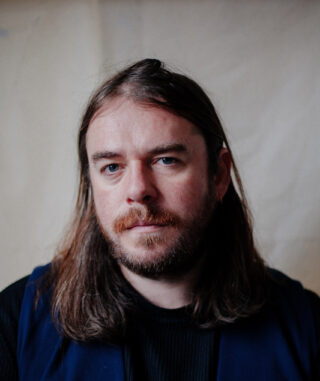
What traditional music means to the Irish musician pushing it forward
It’s easy to get lost in the mythology that surrounds traditional folk music. Written by few but reimagined and passed down by many, its songs are reflections of the land and its people, with roots almost as old as time. For Ireland, trad music makes up the lifeblood of its community via songs that continue to hum through the valleys and echo through generations of huddled pub backroom performances. John Francis Flynn has arrived as the next in a long lineage of pop culture figures to reinterpret his countrymen’s most precious heirlooms, and he’s quick to reassure me, these traditions are still alive and well in Dublin.
“It’s been my community since I was a child,” he says, reminiscing alone in his living room. “I grew up in the trad scene.” Flynn has never known any other home than the northside of the Irish capital, having spent much of his youth cutting his teeth playing the flute and tin whistle. “I was definitely the odd one out in my neighbourhood, playing trad music, but I eventually started meeting like-minded people dispersed around the city. It’s a big community, nonetheless. These days, there’s trad sessions happening every day.”
Looking to escape the inner-city bustle, Flynn is soon heading west to stake out the winter amongst the flowing pastures and craggy coastline of County Claire. It’s a welcome change of scenery for a man who’s spent the past 18 months documenting a version of his home that is scarcely pictured within the pages of garish tourist brochures. His genre-bending new album, Look Over The Wall, See The Sky, pays homage to a real Dublin, known only to the Irish folk that live there.
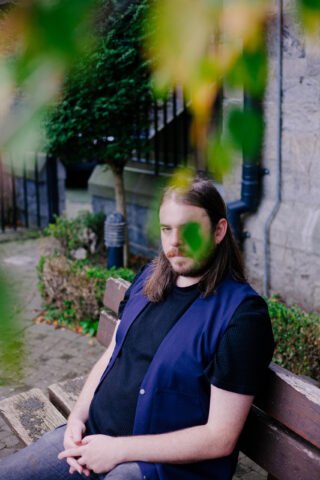
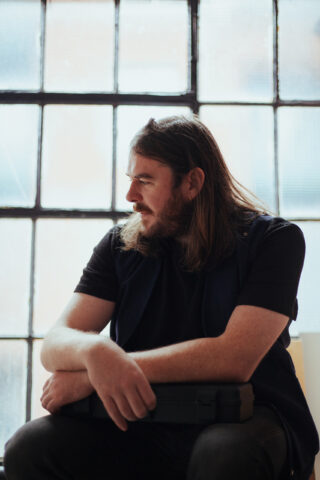
It’s these hidden natives, and the centuries-old stories passed down from one lifetime to the next, that inspires much of Flynn’s music, as well as the stockpile of folk songs before him. “I’m interested in all aspects of traditional music and folklore,” he says, pondering the origin of his muse. “I’m interested in how it functions in society, in terms of how you can learn about your past and where you come from. But also in a spiritual way, in terms of how it’s evolved through people in a sense of where the music has travelled and how that can change songs over time. It reveals a lot about us as Irish people.”
The dancers, poets and musicians – or “trad heads” as Flynn likes to call them – who make up Dublin’s eclectic traditional arts scene are all frequenters of the city’s cultural hangouts, the Cobblestone pub being its fabled stronghold. “It attracts people from all over the world. It’s very real to the point that it’s a living, breathing epicentre of culture,” he says, taking me through the revolving door of Celtic troupes who travel from far and wide to make up the Cobblestone’s melting pot of heritage showcases.
The regular congregation of musicians, art lovers and barflies that frequent the pub are by no means archivists. Flynn, who is a regular face within the community, explains: “I don’t think there’s any need to go preserving anything, it’s all there for you already if you want it. Traditional music is very much a healthy being. It doesn’t really need to be revived because it’s always been around.”
But Dublin’s much-loved hubs like the Cobblestone are under threat. Inundated with tourists, and amidst a homelessness epidemic made worse by some of the highest rents in Europe, the Irish government continues to force through big business developments onto a city that’s buckling under the growing eyesore of unaffordable luxury hotels lining its highstreets.
“I think that when a city, in this case Dublin, is being bought and sold by property developers, it gets you to confront what it all means, and specifically what is more important, your home or some capitalist agenda,” says Flynn. “Dublin City has been turned into one big hotel. It’s being sold as this amazing place for music, culture, shamrocks and leprechauns, where everyone’s drinking and having the craic. But while people come to visit Ireland, the rush of tourists are pushing out those who can’t afford to live here anymore. We’re basically in a struggle to keep hold of our homes and communities.”
This painful reality is laid bare on Flynn’s recent single, ‘Mole In The Ground’ – a haunting rendition of Bascom Lamar Lunsford’s 1928 anti-establishment folk tune which has been expertly repurposed to articulate the plight of Irish people. Choosing to fixate on the song’s most cutthroat line, Flynn’s deep guttural repetition of the words, “Drink up your blood like wine” sends the track spiralling into the blackhearted depths of capitalist gluttony.
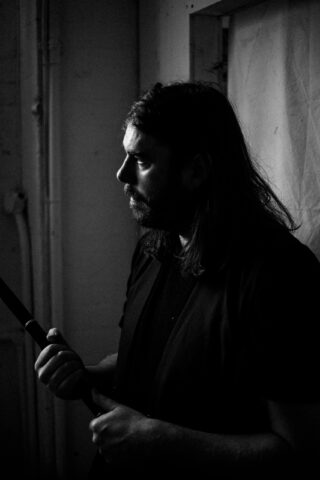
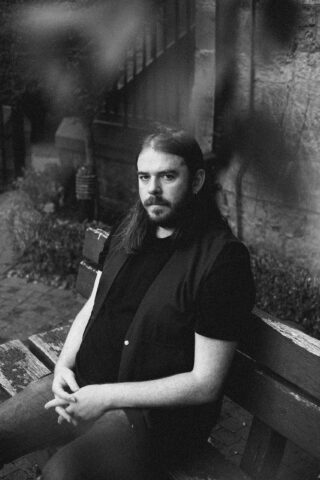
Aside from the bleak nature of it all, Flynn isn’t too concerned about analysing each track’s exact provenance. “We wouldn’t consider these covers,” he says. “I guess you could pin something on songs like ‘Dirty Old Town’ – you might consider that a cover because it’s Ewan MacColl. But it also becomes Lou Killen, Shane McGowan, and every man and his dog who got round to singing it.” It seems the chronology behind trad more resembles a family tree than most instances of musical progression, with different songs crossing and merging with one another, each time being tinkered with until something new and unrecognisable is born.
“When you’re talking about ‘Mole In The Ground’, there’s so many different versions of that song. There’s the original from your man Lunsford, but artists like Jackson C. Frank also reused the tune on a different version, and under a completely different name.” Flynn is referring to Frank’s 1965 track ‘Kimbie’, an adapted rendition of Lunsford’s 1928 original, but uniquely reimagined via his own lyrics and melody. “That’s just two variances of that song, but there’s loads more that have evolved beyond that as well. You end up thinking, where did that song come from? Nobody knows. If you did more research, I’m sure you could find a shitload more.” As a matter of fact, I did. There are currently about 40 different recorded versions listed on various internet folk music indexes, with Flynn’s rendition now fulfilling the youngest point of an eternally growing musical ancestry.
Being one of the genre’s most recent offshoots and contending with hordes of different song variations before him, Flynn still succeeds in finding his niche. Inspired by Irish counterparts Gilla Band, and more of Dublin’s experimental noise bands, his trad melodies strike harmony beside ambient electronics, tape experimentation and heady industrial clatter. These foreign elements breathe life into trad music’s strict parameters being transportive of the city’s unremarkable factories, railroad stations and dive bars, placing an unsettling beauty in its true essence and character.
Structural changes to age-old folk tunes aren’t always received favourably by the most hardcore of trad purists, but Flynn seems unperturbed by any pre-set rules or directive. “I’ll always sing songs to match how they should be sung. But I think if you’re respectful to the source material, and to the essence of the song and how you engage with it, you are within your rights to follow a different vision. I will always play in a traditional style and would never change that just to sound flashy. As long as you’re being honest with yourself, I think you’re probably doing a good job with it”.

Whilst most will agree that nationalism as a topic, particularly in the context of Ireland, doesn’t tend to rank highly in recommended dinner party icebreakers, something about non-combative folk music putting the ‘Irishness back in Ireland’ feels oddly unifying and palatable. Whilst Flynn doesn’t at all claim this as his driving force, his distaste for the usual shamrocked propaganda, or “paddywhackery” as he often refers to it, feels difficult to miss. “It makes me sick,” he says with genuine resentment. “I’d like it if people appreciated that Ireland is a real place, with real people. It’s not some Disneyland for fecking leprechauns.”
This idea of ‘an imagined Ireland’ poses a difficult question, and one that Flynn hopes to resolve by rewiring what we have come to expect from traditional Irish culture. “I want to challenge people’s perception of what Ireland is and how it’s sold abroad, because what they’re expecting is very different from actual reality. The ‘imagined Ireland’ is one thing, but I live in the real Ireland. A place that’s a real home and without all the paddywhackery. There’s this great expectation of something, but we’re actually trying to live here and can’t really afford it anymore.” Look Over The Wall, See The Sky offers an abstract fantasy, a fleeting glimpse of what could exist when all that is truly Irish remains.